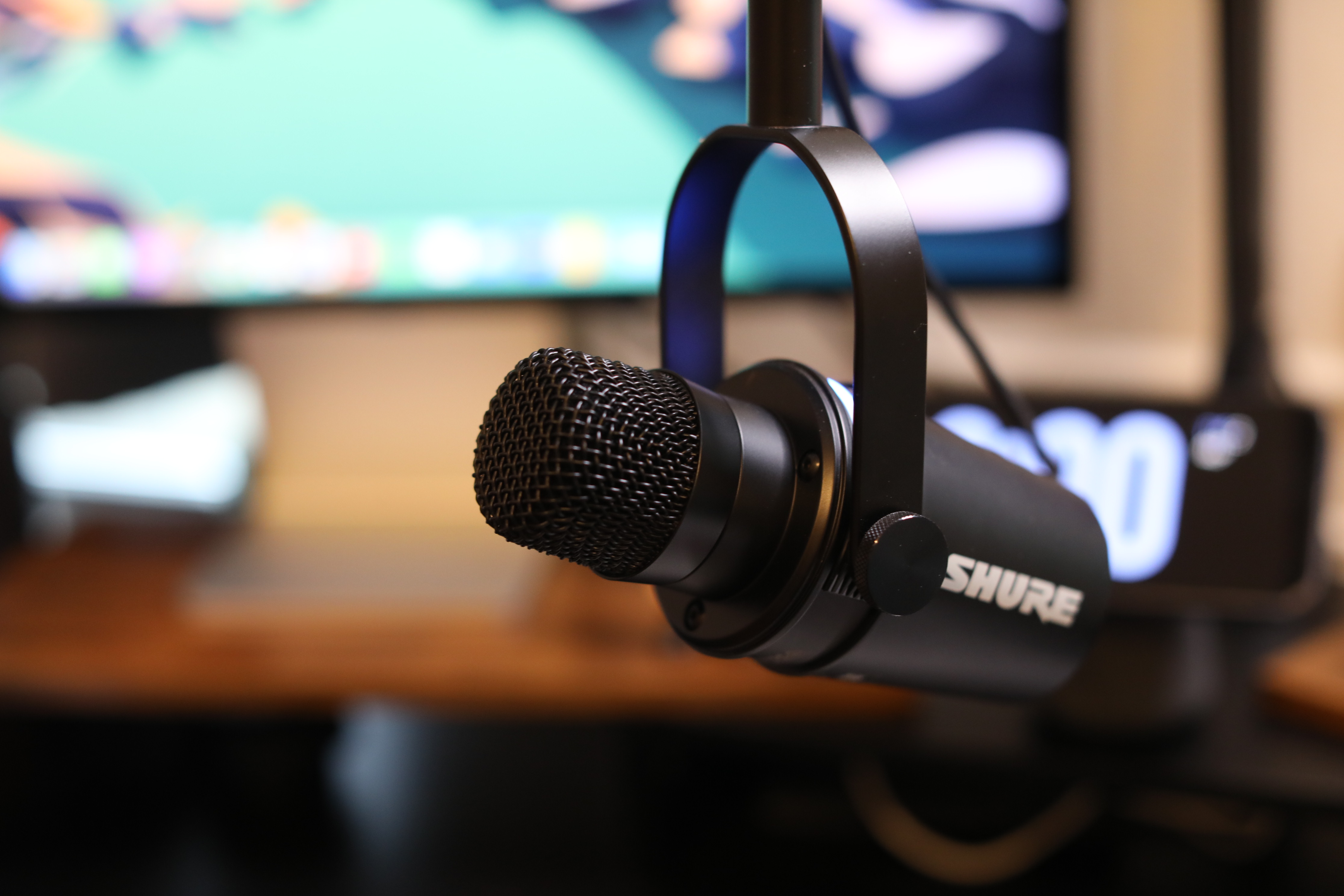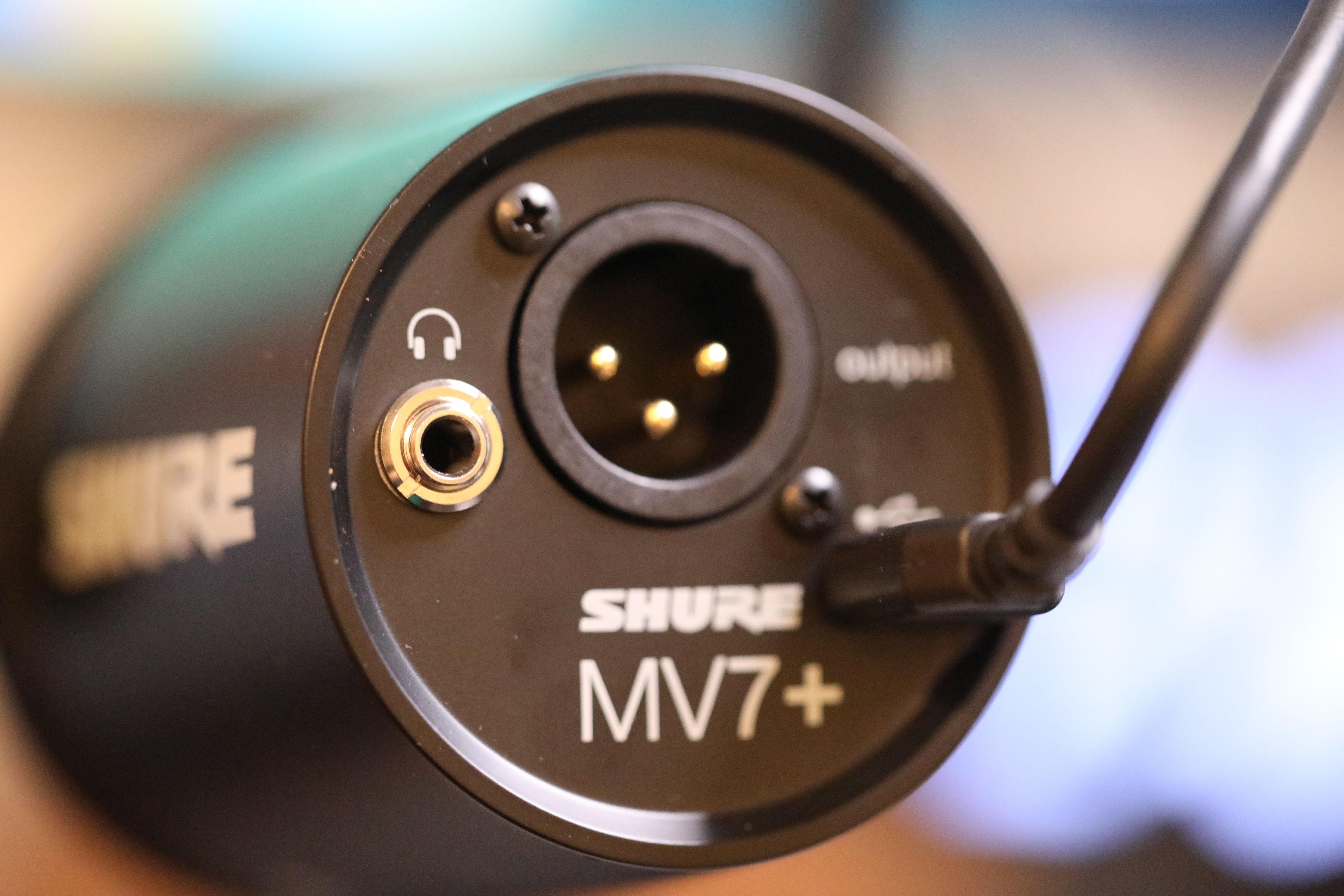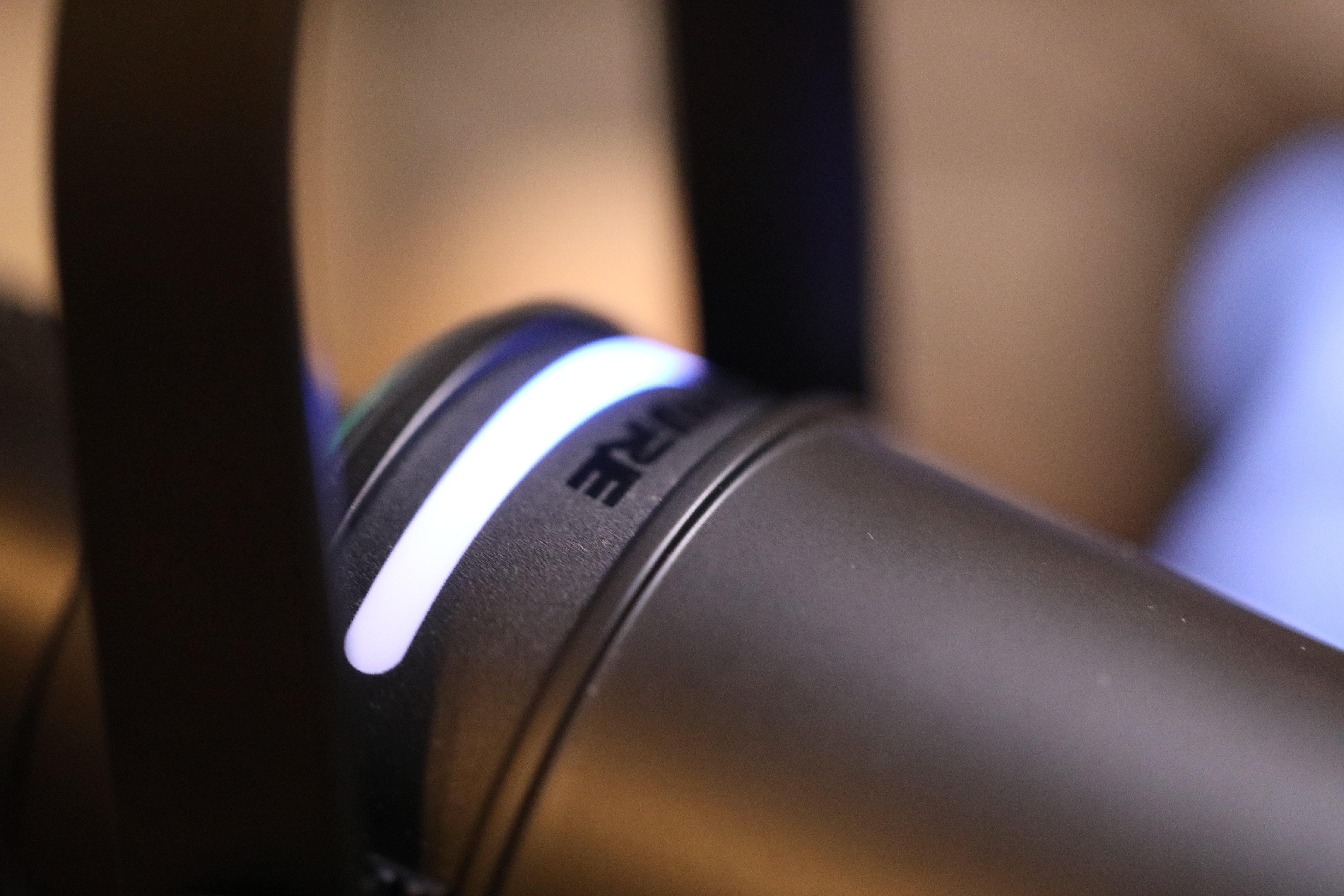Shure MV7+: The best USB podcast mic gets better


I was happy – even excited – to discover the latest USB microphone from Shure. Its predecessor, the MV7, has been my default podcast mic since its launch near the end of 2022. I’ve recorded over 100 episodes of my show on this device, not to mention using it for meetings, social engagements and even telehealth. visits.
If you’re looking for a desktop microphone for podcasts or streaming and don’t mind investing a little money, but don’t want to bother with a separate audio interface (be careful, there’s also some XLR on board, if that’s your thing), you’d be hard-pressed to beat the MV7 – until now, of course.
As the name suggests, Shure’s MV7+ doesn’t represent a radical departure from its predecessor. If you asked me at any point in the last year and a half to recommend a USB mic, I probably suggested its predecessor. If you followed my advice during this time, don’t worry. The new hardware does not have enough of a gap to recommend an upgrade at this point. More than anything, the MV7+ is the refinement of an industry-leading mic.
Image credits: Brian Heating
I was honestly a little surprised when Shure offered to test the new microphone. It’s a (relatively) quick follow-up to a well-received product. That’s not to say the MV7 didn’t have its flaws, of course. In fact, there was a glaring problem with the product. This was the first question I asked the company when it announced the arrival of the new product.
Yes, the MV7+ has USB-C. It was frankly weird that a ~$300 device released in late 2022 wouldn’t do this. With daily use, this oversight was rather annoying. But the more I used the product as a daily driver, the more serious the problem became. I am my own podcast producer. This usually isn’t a big problem for the shows I record, but every once in a while something happens to the sound quality and I won’t be able to respond in real time because I’m too focused on the conversation.
It took me a little while to figure out why my audio quality suddenly deteriorated for a few episodes. It turns out the micro-USB cable came loose. Upon closer inspection, the cord was starting to split at the connector. I invested in a longer braided micro-to-USB-C cable to fix the problem, but the damage was already done for these episodes. Looking online it seems I’m not the only one having this problem.

Image credits: Brian Heating
I haven’t had any accidental disconnects with the MV7+ – although, granted, I’ve only been using the microphone for a few weeks at this point. That said, USB-C cables are, as a general rule, more sturdy and durable than their predecessors and generally more resistant to the kind of wear and tear you’ll experience with a cord when attached to something like a swivel mic arm . Of course, if ruggedness is your only concern, both systems also support XLR cables, for those who want to go beyond plug and play functionality.
As for the sound, I am quite satisfied with the MV7+. I unwittingly put the mic to the ultimate test last week, when I had producer Don Was on my show. The guy has produced some of the greatest of all time, including Dylan and the Stones, runs the legendary Blue Note Records label and has his own hit or two in front of the mic. Naturally, his first question was what microphone I was using. Instead, he asked if it was the SM7B, Shure’s popular vocal mic that has become a staple in the podcast world.

Image credits: Brian Heating
The two microphones look quite similar, even if the USB version is a little more compact. That’s not to say the MV7+ competes with the SM7B when connected via USB. The more traditional pickup has a richer, warmer sound – there’s a reason so many people consider it the best. You can get closer to the MV7+ when connected via XLR. The truth is, however, that Shure mics are not designed to compete with each other.
The MV7+’s real competition is other USB microphones. This is where it really shines, as a plug-and-play device for the proliferation of amateur podcasters and streamers. The microphone sounds great right out of the box, and while it offers EQ settings beyond input volume, you have to dig to get to them. While this may seem like a blow to the product, the truth is that some of the biggest sonic problems in podcasting are due to settings that are far too easy to access.
The blue pickups are a great example of this. So many recordings on these systems sound worse than a built-in mic, due to manipulation of gain and other settings. It’s nice that the Snowballs have multi-directional recording and all that jazz, but if you’re looking for a desktop mic for remote recording, you’ll be well served by something unidirectional like the MV7+. Once you’ve been at it for a while, you can always take the next step and get an XLR interface.
To access the settings here, you need to download the Shure Motiv Mix software. The interface is quite simple. Everything is automatic by default – this includes gain, tone (dark to light), and reverb. You can return any of them to manual mode and adjust the slider accordingly. Also new is a “pop stopper” feature, which algorithmically protects against plosives – sounds like “p” and “b”, which cause expelled air to hit the mic’s diaphragm. The functionality isn’t perfect, but I found it works well enough (when paired with the foam cover) to allow me to ditch my bulky windshield.

Image credits: Brian Heating
Motiv Mix lets you control another new feature: LED lighting at the top, which replaces the touchscreen on the MV7. It’s clear that the company is specifically targeting streamers with this feature, which brings a small customizable rainbow stripe. By default, you can switch between pulsing, solid, and live, the latter pulsing based on sound input. There are four default color palettes, as well as an option to create a custom one. The settings will still be stored on the mic firmware after unplugging.
I stick with the relatively neutral blues of “Space.” I don’t stream games on Twitch or anything, so my preference is for something that doesn’t attract attention. I do, however, like the simple click to mute feature and the fact that its red glow is hard to miss (I still managed to forget that I muted myself sometimes, just like the human condition).
Additional options include a digital “denoiser” to remove unwanted sounds and a “monitor mix” when your headphones are wired to the mic to check your levels (something I should do more often).
Shure’s MV7+ is now available in black, priced at $280, a $30 premium over the MV7. It’s expensive compared to other USB mics, but it’s hard to beat it right off the bat.
techcrunch





